
More Helpful Content
When comparing ShipBob vs ShipStation, the choice between these two powerful platforms can make or break your eCommerce fulfillment strategy. Both offer unique solutions tailored to different business needs, but which one is the right fit for you?
In this article, we’ll break down the critical aspects of each platform, helping you decide with confidence. Here's what we’ll cover:
Let’s dive in and find the fulfillment solution that best supports your business growth!
When it comes to finding the right fulfillment solution, understanding the core differences between ShipBob vs ShipStation is crucial. While both platforms serve eCommerce businesses, they cater to different operational needs. Let’s take a closer look at what each platform offers and where they excel.
| Feature | ShipBob | ShipStation |
| Best For | Small to medium eCommerce businesses with high order volumes. | Small businesses shipping from home or rented spaces. |
| Platform Type | Third-party order fulfillment and WMS | Shipping management software |
| Services | Fulfillment, storage, shipping, WMS | Order and shipping management, rate comparison |
| Monthly Fees | Custom-quoted | $9.99–$229.99+ per month |
| Ease of Use | Good | Good |
| Customer Support | Chat, email, phone (varied hours) | Phone, email (Monday to Friday, 8 a.m. to 8 p.m.) |
| Multi-Carrier Access | Leading carriers with discounted rates | Dozens of carriers with account integrations |
| Package Tracking | Automated tracking updates for customers | Instant sync to selling channels and customers |
| Integrations | eCommerce platforms, marketplaces, EDI solutions | Online stores, marketplaces, carriers |
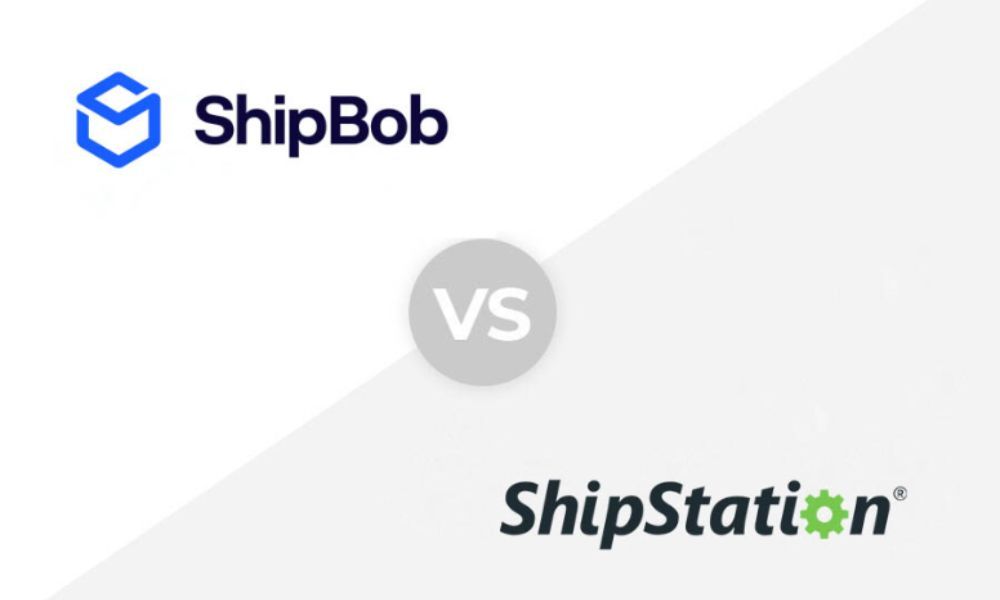
When choosing between ShipBob vs ShipStation, understanding their feature sets is crucial. Each platform offers distinct tools tailored to different business needs, making it essential to match their capabilities to your eCommerce goals. Here's a detailed comparison of their features:
| Feature | ShipBob | ShipStation |
| Outsourced Services | Receiving, storage, pick-and-pack, fulfillment, shipping | None |
| Fulfillment Software | ✓ | ✓ |
| Order Management | ✓ | ✓ |
| Shipping Management | ✓ | ✓ |
| Freight Management | ✓ | ✕ |
| In-House Fulfillment Software | ✓ | ✓ |
| Warehouse Management | ✓ | ✕ |
| Branding & Customization | Custom boxes, inserts, gift notes, branded labels | Branded labels, packing slips, custom email notifications |
| Import Services | International shipping discounts, DDP services, tariff advantages, local fulfillment | Cross-border shipping labels, international shipping discounts |
Key Highlights of ShipBob:
Key Highlights of ShipStation:
Choose ShipBob for end-to-end fulfillment or ShipStation for efficient shipping software tailored to in-house processes!
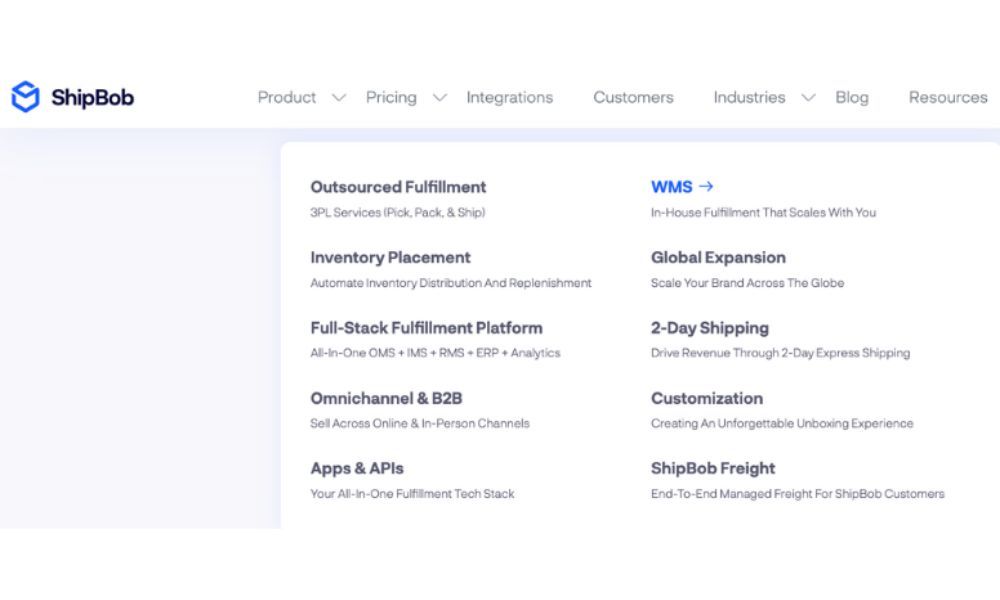
Now that we’ve covered the features, let’s compare how ShipBob vs ShipStation perform in terms of functionality. From automation and reporting to integrations and user experience, here's how they stack up for your eCommerce needs.
| Functionality Aspect | ShipBob | ShipStation |
| Average User Rating | 3.8 / 5 | 4.12 / 5 |
| Reporting & Analytics | Excellent – Advanced analytics for inventory, fulfillment, and sales performance. | Good – Basic tracking and reporting for orders and shipments. |
| Prebuilt Integrations | Excellent – Works with eCommerce platforms, CRMs, accounting tools, and more. | Excellent – Extensive integrations with marketplaces, carriers, and third-party apps. |
| Software Interface | Good – Intuitive dashboards with step-by-step training features for smooth onboarding. | Okay – Simple, but known for occasional bugs and lacks onboarding support. |
| Automation Capabilities | Excellent – Optimized for inventory management, stock level forecasting, and fulfillment automation. | Excellent – Flexible “if-then” rules for streamlining shipping and order workflows. |
If you're looking for inventory-driven automation and scalable logistics, ShipBob might be the better choice. If shipping efficiency and workflow automation are your priorities, ShipStation offers an outstanding solution.
When it comes to ease of use, both ShipBob vs ShipStation have their strengths, but they cater to different types of users. While ShipStation is designed to be quick and easy for newcomers, ShipBob offers more scalability but with a bit of a learning curve. Let’s dive into how these platforms compare in terms of onboarding, customer support, and scalability.
| Ease of Use Aspect | ShipBob | ShipStation |
| Onboarding Difficulty | Moderate – Requires inventory migration and more logistical setup, but help is available. | Easy – Quick to start, ideal for small businesses and startups. |
| Customer Support Hours | Phone: M–F 9 a.m.–5 p.m. Central Time; Chat/Email: 6 a.m.–10 p.m. Central, 7 days a week. | Phone/Email: M–F 8 a.m.–8 p.m. Central Time. Starter plan gets support via email or forums. |
| Customer Support Channels | Phone, email, live chat | Phone (higher-tier plans), email, and online forums (for lower-tier plans) |
| Scalability | High – Great for high order volumes and large-scale operations, especially with 3PL services. | Moderate – Best for smaller teams; capped scalability due to user limits on higher-tier plans. |
| Pick & Pack Fees | $0 for first 4 items; $0.25 per additional pick | $1.80–$3.00 for first pick; $0.35–$0.75 per extra item |
| Packaging Materials | Free | $0.15–$2.00 per item |
| Promotional Inserts | $0.20 per insert | $0.20 per insert |
| Shipping Fees | Discounted rates available | Discounted rates available |
| Returns Fees | $3 per order + label fee | $2 per order + $0.50 per item + label fee |
| Special Projects | $45 per person/hour | $45 per person/hour |
| Kitting Fees | Detailed kitting fees based on action (e.g., $0.56 for constructing boxes) | Subscription box pricing based on volume (starts at $2.50 per box) |
In terms of ease of use, ShipStation is the winner for small businesses and startups looking for quick setup and straightforward tools. However, ShipBob is better suited for businesses aiming to scale, offering a more robust, long-term solution, but with a steeper learning curve.
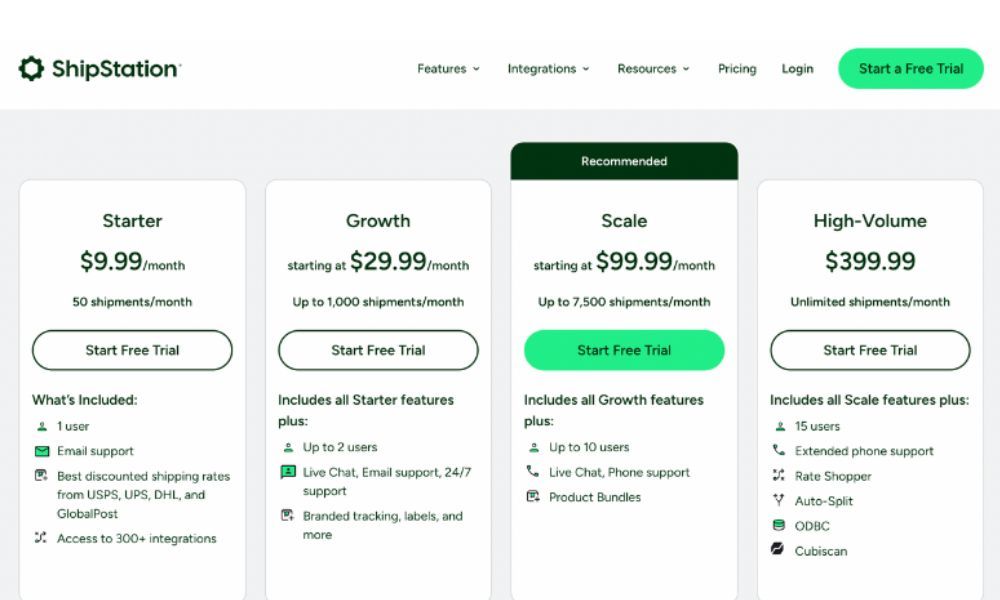
When evaluating ShipBob vs ShipStation based on pricing, the cost structure for each platform is quite different. ShipBob charges on a per-order basis with additional storage and fulfillment fees, while ShipStation uses a subscription model with monthly fees based on your shipment volume. Here's how the costs stack up:
| Pricing Aspect | ShipBob | ShipStation |
| Free Plan | ✕ | ✕ |
| Free Trial | ✕ | ✓ |
| Paid Plans | Custom-quoted based on fulfillment needs; storage and fulfillment fees calculated per order. | $9.99 – $229.99/month; high-volume plans custom-quoted. |
| Inventory Storage | $40 per pallet/month; $10 per shelf/month; $5 per bin/month. | Your own space or rental cost. |
| Fulfillment Costs | Calculated per package, based on weight and distance. | Your own labor costs apply. |
| Shipping | Discounted rates from 5 carrier partners. | Discounted rates from 3 carrier partners and 2 insurance providers. |
When deciding whether ShipBob vs ShipStation is the better fit for your business, understanding the pros and cons of ShipBob will help you make a more informed choice. Here’s a breakdown of what to expect from ShipBob:
When comparing ShipStation vs ShipBob, it’s essential to look at the strengths and weaknesses of ShipStation. Here's a closer look at what you can expect from this popular platform:
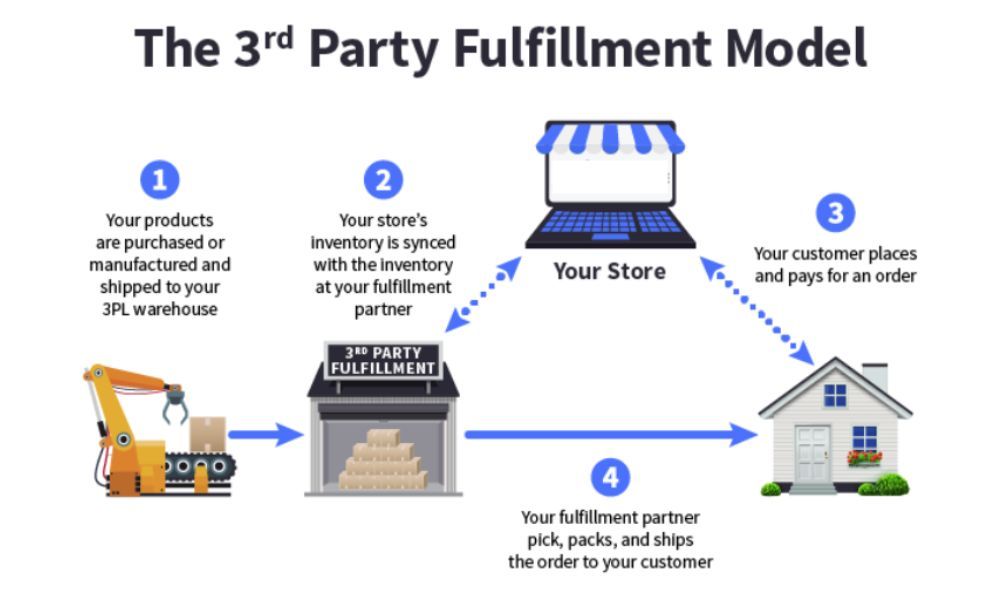
When deciding between ShipBob vs ShipStation, it’s important to assess your business’s specific needs. Both platforms offer excellent features, but they cater to different types of businesses. Let’s break it down.
Consider Your Business Size and Growth Potential:
Evaluate Your Fulfillment Needs:
Look at Your Budget:
Scalability and Growth:
Ultimately, the decision comes down to your business's needs. ShipBob vs ShipStation is not just about pricing or features—it’s about finding the right fit for your specific operations. If you want an all-in-one fulfillment and shipping solution, ShipBob is the way to go.
But if you’re looking for a streamlined, affordable shipping solution to start small and scale gradually, ShipStation is a strong contender.
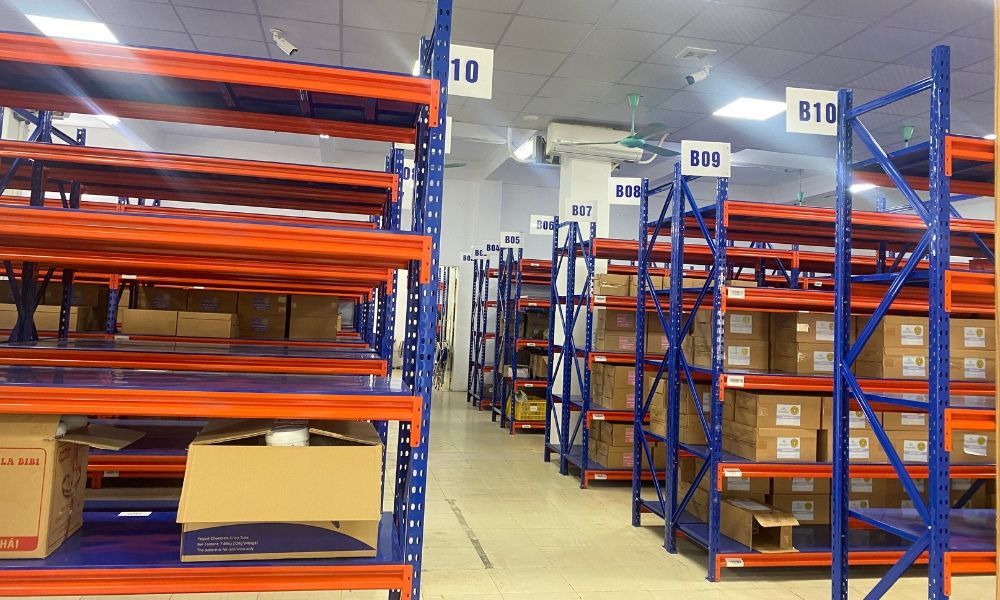
When it comes to eCommerce order fulfillment, EFEX Fulfillment offers a comprehensive solution that sets us apart from others in the industry. Whether you're just starting out or scaling rapidly, our all-in-one fulfillment service helps you focus on growing your business, while we handle the logistics seamlessly.
At EFEX, we simplify the entire fulfillment process so you can focus on selling more and growing your business. Here’s how we do it:
With EFEX Fulfillment, you’re not just getting a fulfillment provider—you’re getting a partner who’s invested in your growth. Whether you're looking to improve sales, reduce costs, or enhance your fulfillment efficiency, EFEX stands out by offering you a smoother, more cost-effective solution.
In this detailed comparison of ShipBob vs ShipStation, we've explored key features, pricing, and how these platforms can shape your eCommerce business’s success. Both services bring unique strengths to the table, but the right choice for you ultimately depends on your specific business needs and growth stage.
If you're looking for a hassle-free, scalable solution to streamline your fulfillment process and save costs, EFEX Fulfillment stands out as a top-tier option. Our all-in-one service simplifies inventory management, order processing, and shipping, allowing you to focus on growing your brand without the complexity of logistics.
Want to learn more? Visit our EFEX Fulfillment homepage for more details on how we can help you succeed. If you have questions or want to discuss your specific needs, don’t hesitate to contact us via facebook fanpgae or email.
For more helpful insights, check out our article on ShipBob vs ShipMonk: A Complete Comparison of Services & Pricing.
Let us help you find the best fulfillment solution and boost your eCommerce growth today!


